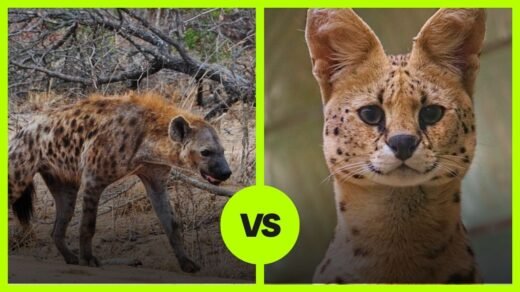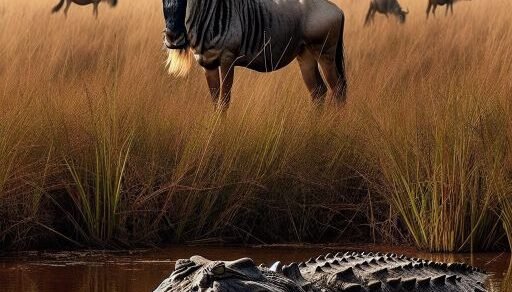Location and Habitat
The peacock, a bird renowned for its spectacular tail feathers, primarily inhabits the forests and farmlands of the Indian subcontinent. These birds are often found in areas where they can roam freely yet have access to trees for roosting at night. They thrive in both wild and cultivated regions, adapting well to various environments, including villages and occasionally urban areas, where their vibrant plumage makes them a common sight.
On the other hand, the King Cobra, the world’s longest venomous snake, is predominantly found in the forests of Southeast Asia, including India, southern China, and the Malay Peninsula. This formidable reptile prefers dense highland forests and is often associated with areas near streams and other bodies of water. It is highly adaptable and can occasionally be found in areas disturbed by human activity, although it generally avoids heavily populated regions.
Peacock vs. King Cobra Comparison
| Attribute | Peacock | King Cobra |
|---|---|---|
| Size and Weight | Length: 3.5 to 5 ft Weight: 8.75 to 13 lbs |
Length: 10 to 18 ft Weight: 13 to 20 lbs |
| Ability to Finish Opponent | Low (mostly uses display tactics) | High (venomous bite that can be fatal) |
| Weaponry | Spurs on legs | Venomous fangs |
“`
Hunting and Skills
Peacocks are primarily known for their striking tail feathers, which they use in courtship displays to attract mates. They are omnivorous birds, feeding on plant parts, insects, and small vertebrates. When threatened, peacocks rely on their ability to fly to low branches and their loud calls to alert others and scare predators. They do not actively hunt larger prey but consume small creatures they come across while foraging.
King Cobras, on the other hand, are formidable predators specialized in hunting other snakes, including venomous ones. They have an exceptional sense of smell and sight which aids them in tracking their prey. King Cobras use a combination of stealth and speed to surprise their prey, delivering a venomous bite that is capable of killing within hours. Their diet primarily includes other snakes, but they can also eat small mammals and eggs. When threatened, King Cobras can raise up to one-third of their body off the ground, spread their hood, and hiss to intimidate potential threats.
Peacock vs. King Cobra Who Would Win?
The king cobra approaches with a threatening hood display. The peacock responds by fanning its feathers to appear larger. The cobra strikes swiftly, aiming for the body. The peacock attempts to dodge and retaliate with pecks. The cobra’s venomous bite eventually incapacitates the peacock. King cobra wins with an 80% chance of winning.




